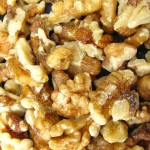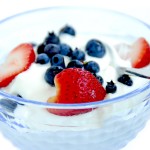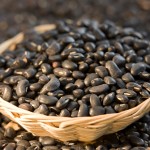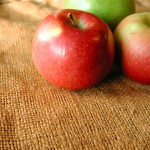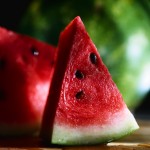 Smart Food Choices For College Students
Smart Food Choices For College Students
According to several research studies, college students gain on average about 3-5 pounds of weight during the first college year. Thus, Freshman 15 is a term used to describe the excess weight first year college students’ gain due to various factors.
Here is your foolproof plan to foil the problem of the Freshman 15.
Drink plenty of water throughout the day. Use nonfat milk or 100% fruit juice. (Limit juice to one or two servings.)
Ditch the soda, sugary fruit punches and sweetened iced teas. There are several excellent unsweetened ice tea available in supermarkets in convenient plastic bottles that can fit in your backpack.
Breakfast is important. Research indicates that people who skip breakfast consume more carbohydrates during the rest of the day. Healthy options include whole grain cereal, oatmeal, eggs, or yogurt with fruit.
Snacking can be healthy if you choose controlled portions of nuts, granola bars or dried fruit. Single serving packs are easy and just the right amount!
Include 2 or 3 servings of fresh fruit every day. Apples, oranges or bananas are easy to take along!
Avoid fried salty snacks or highly processed foods.
Choose lean cuts of meat and skinless poultry. Consider egg whites instead of whole eggs.
Go for the veggies: cooked, salads, or raw with low fat salad dressing. Vegetables are low in calories and high in fiber…more is better!
Treat yourself, but go easy on desserts.
Have fun and get active! Grab your friend and go walking, running, biking or any other activity that you enjoy. Engage in sports that you enjoy such as swimming, basketball, or maybe tennis!
Need a few new ideas for those healthy snacks? Here are a few easy snacks you could have on hand. If you have a small refrigerator in your dorm room, even better yet!
* Low-fat yogurt or Greek yogurt
* Raw vegetables and hummus
* Cut up apple or banana dipped in vanilla yogurt
* Whole wheat English muffin/bagel/pita pizzas
* Homemade Trail Mix: mixed nuts, dried fruit, whole grain cereals
* Low fat mozzarella cheese sticks
The following recipe is perfect for college students and it can be made ahead of time and packaged in baggies:
Cereal Snack Mix: Makes 9 servings
1 cup Fiber One- Original
1 cup Kashi Go Lean – Original
1 cup Cheerios – Original
1/2 cup dried cranberries
1/2 cup dry roasted unsalted peanuts
1/2 cup semi-sweet chocolate chips
Mix well and measure 1/2 cup portions into sandwich bags.
½ cup portion = 145calories, 4 gm Protein, 22 gm Carbohydrate, 4 gm Fiber
Gretchen Scalpi is a Registered Dietitian and Certified Diabetes Educator. She is the author of “The Quick Start Guide To Healthy Eating”, “The Everything Guide to Managing and Reversing Pre-Diabetes”, “The Everything Diabetes Cookbook, 2nd ed.” and “Pre-Diabetes Your Second Chance At Health”. Use your organic produce in the recipes from her book “Quick Start Recipes For Healthy Meals”.
 Subscribe
Subscribe
